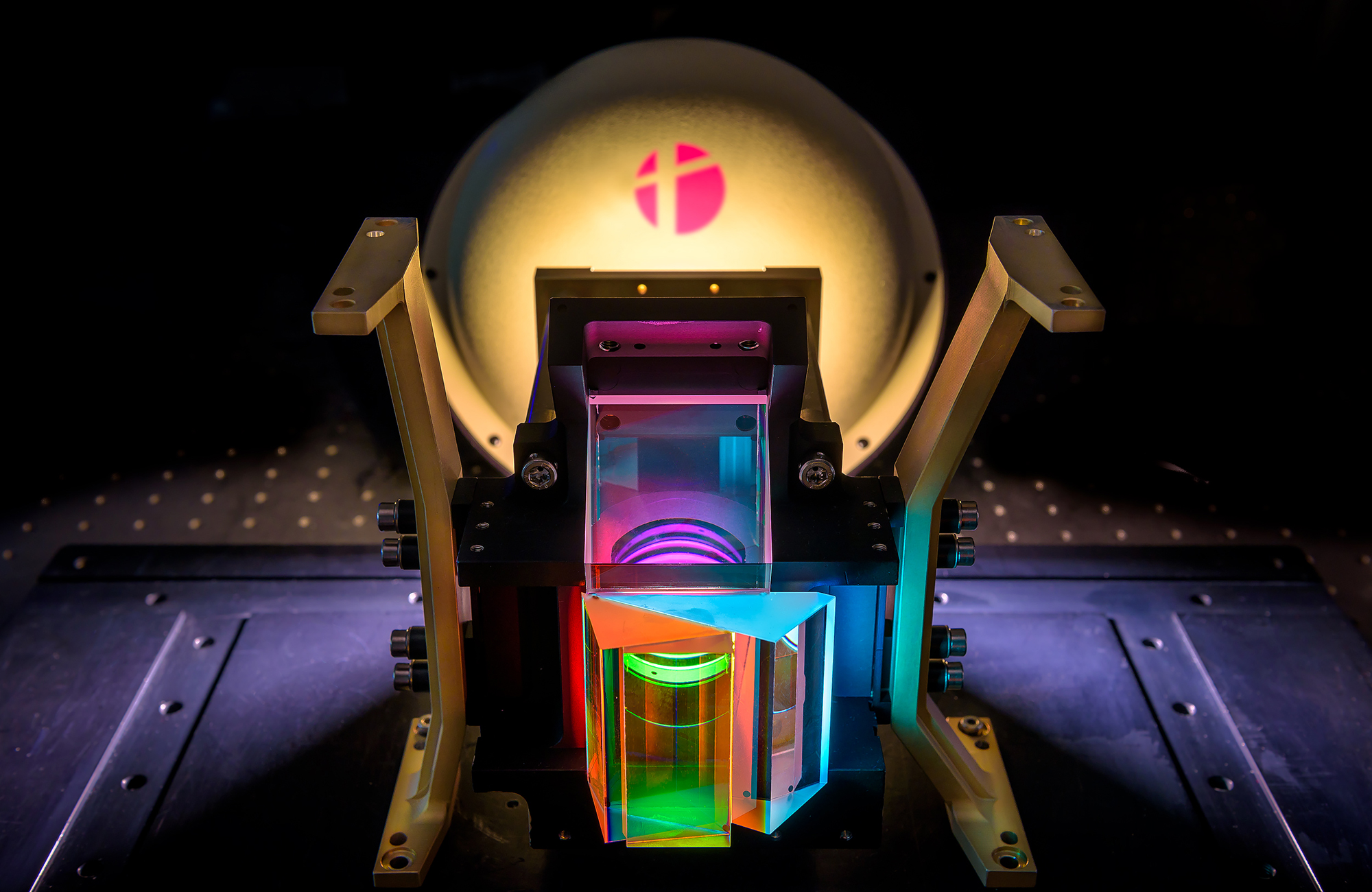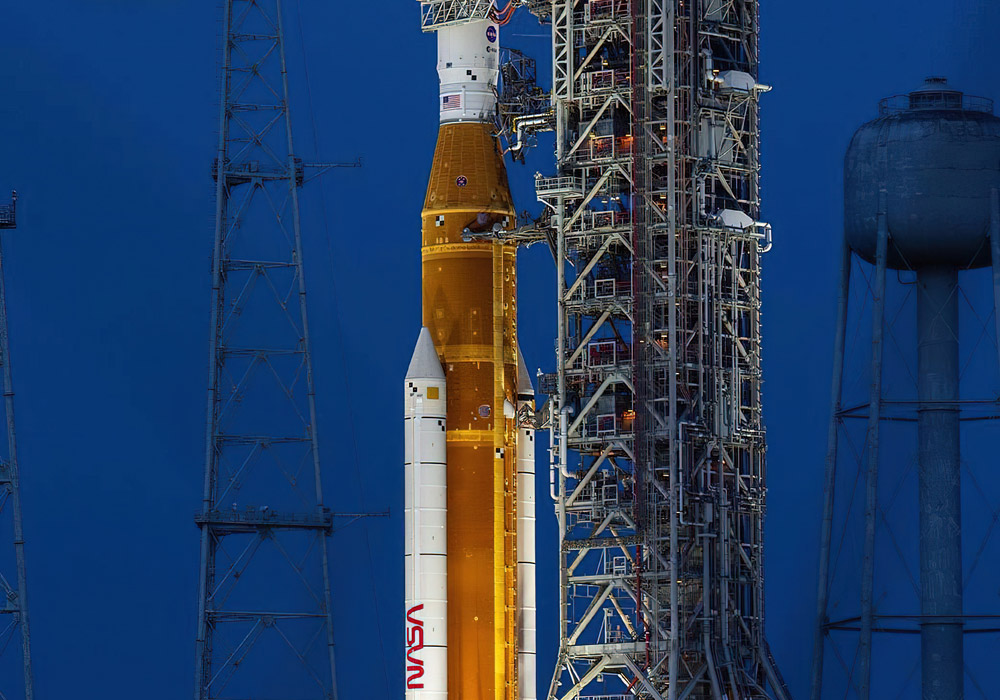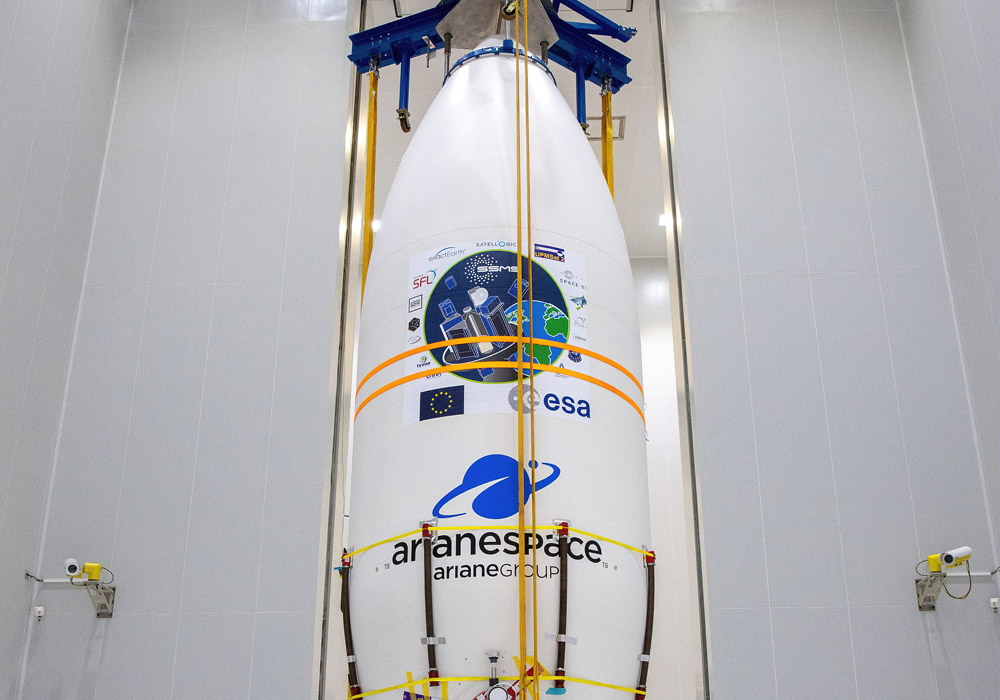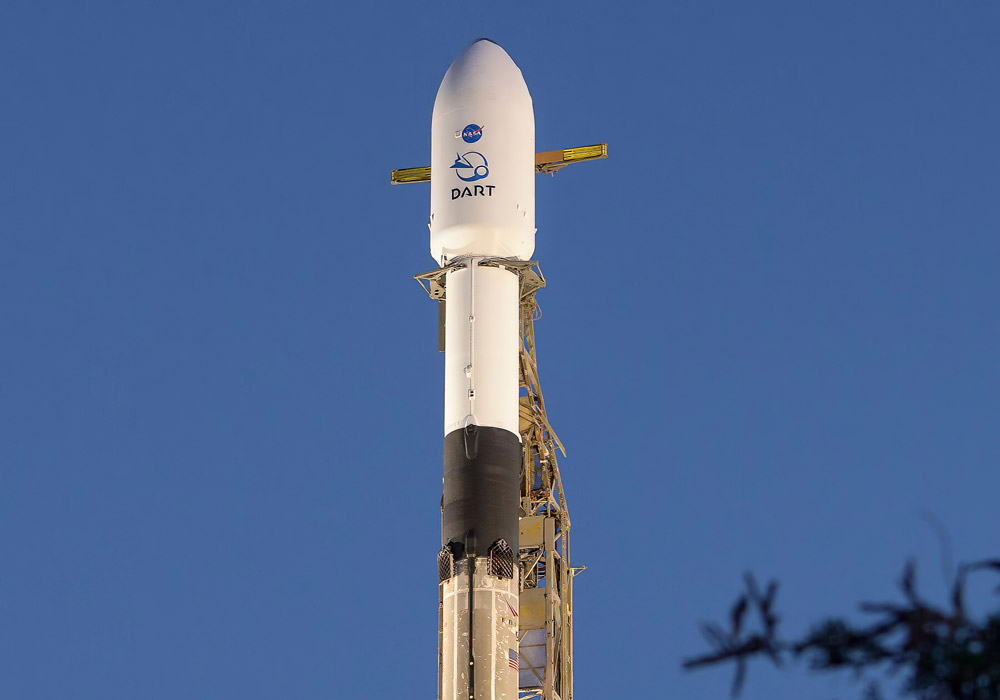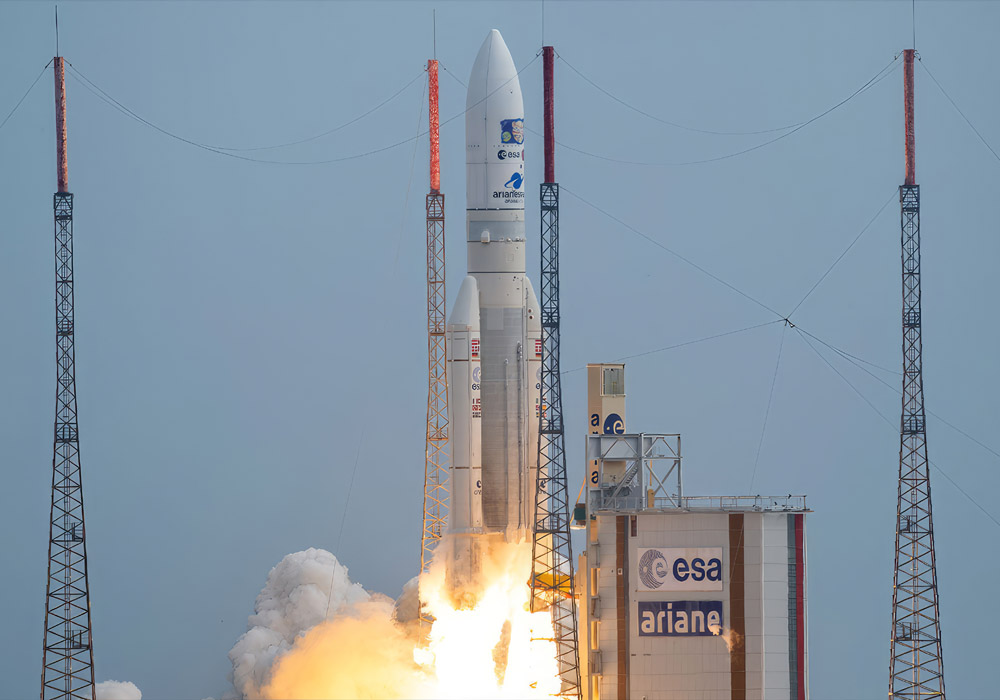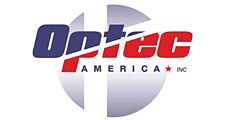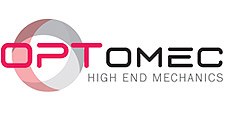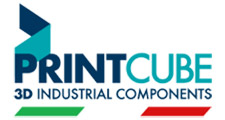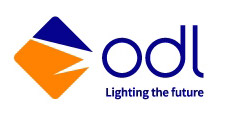

Optec: Leading Space, Defense and Innovation

Services
Consulting
Optec provides to its customers a variety of consulting services
Discover
COC
RMA
Warranty on Optec SpA products is 12 months, as stated in the sale general conditions.
Click here for Optec SpA Return Material Authorization procedure
Feel free to contact Us
Get in touch with us
Copyright © 2025 Optec S.p.A. Optical & Optoelectronic Systems. All rights reserved.
Credits: NMI
Credits: NMI


